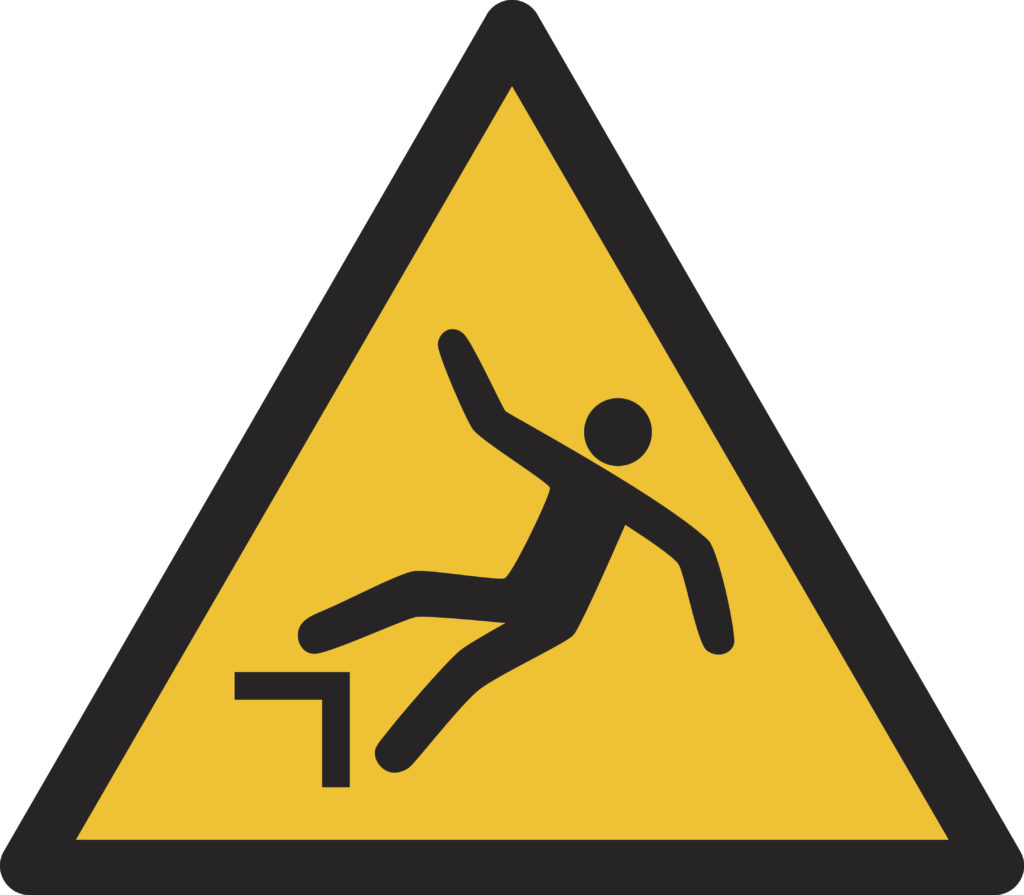When we are comparing different investment, it is normal to hear people compare the lucrativeness by looking at just the return. It is indeed more glorious to have higher return which is something mathematically computable, quantifiable, and comparable.
Risk forgotten?
However, have we forgotten another part of the equation that is as important as the return? Something that is more abstract and not easily computable, quantifiable! That is Risk! As far as science is concerned, Finance professional would try to quantify risk by computing the volatility. The higher volatility the riskier the investment is. And then, using the Sharpe ratio to gauge if the return is justifiable with that particular risk level. It may be easier to do this computation if there is quoted market price. However, in the real world, there is still large number of investments without a meaningful volatility measurement. Here the problem comes, often, judgement about risk is an art, an experience which are more than just a science.
Professional’s expectation with basis
If we ask an experienced Investment Professional, through his gut feeling, he is roughly able to tell how risky it is but it is still difficult to quantify. Of course we can try to quantify it by putting a percentage of risk premium into our expected return, but it is still subjective, debatable, differs from one person to another person. However, one thing for sure, higher risk will warrant higher return, and their expectation of higher return will usually be derived with some basis.
Novice vs experienced
Unfortunately, when it comes to retail investors, we usually notice common people are easily lured into high return promises. Well packaged investment products (and even ponzi, scam) that sells only high return but not the risk, are well received by novice investors without knowing what sustainability is all about. They know novice investors are unable to set return expectation right by judging the risk. This is because novice investors focus on just the return and the dividend yield, while the experienced investors focus on sustainability of the dividend, risk and chances of success of the business. Novice investors are fearful of loss but greedy with return, experienced investors manage risk and studying deeply about the sustainability of the businesses.
Examples
These are some of the examples of how good quality investment with lower risk characterized– consistency of the business performance, track record of the managers in turning around the company during challenging time, good suppliers management, stickiness of customers’ loyalty, prudent capital management, popularity of the particular stock/investment (i.e. buyers can be easily found with the right selling price) etc.
Conclusion
One last question that investors must ask themselves, whether they want a lower but decent return with higher certainty of success; or higher but unrealistic return with lower chance of success.
Do you have any comments? Give us your comment below or at our Facebook page.
If you wish to receive updates in future, do Like our Facebook Page.




